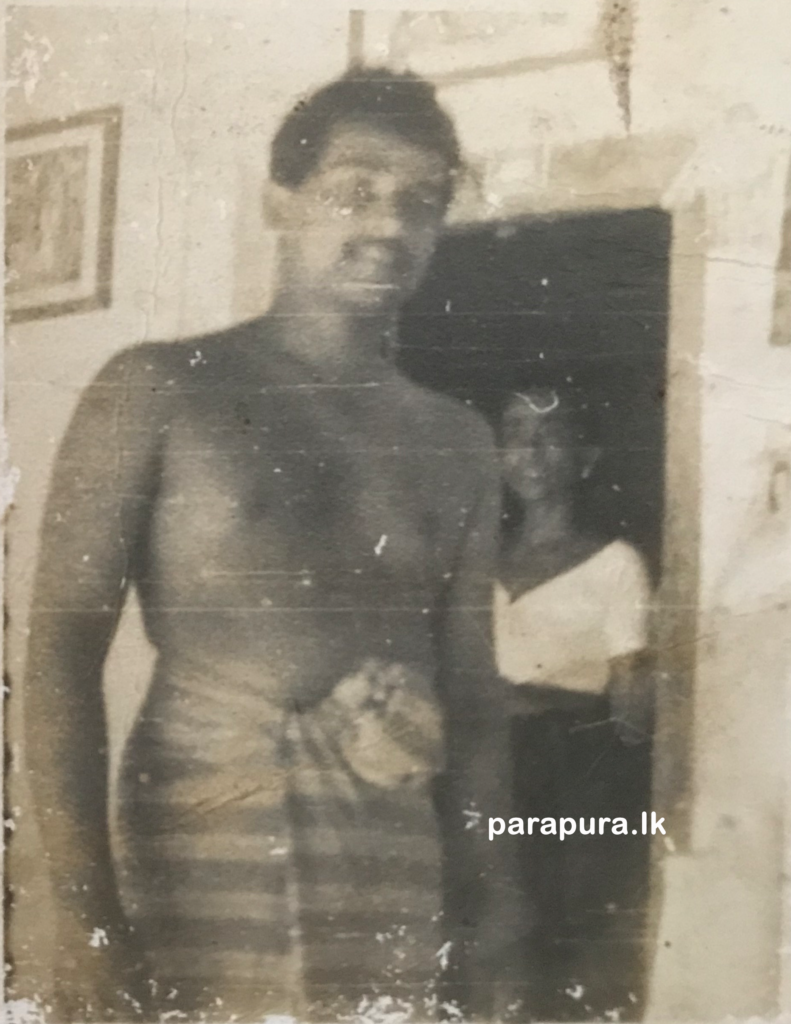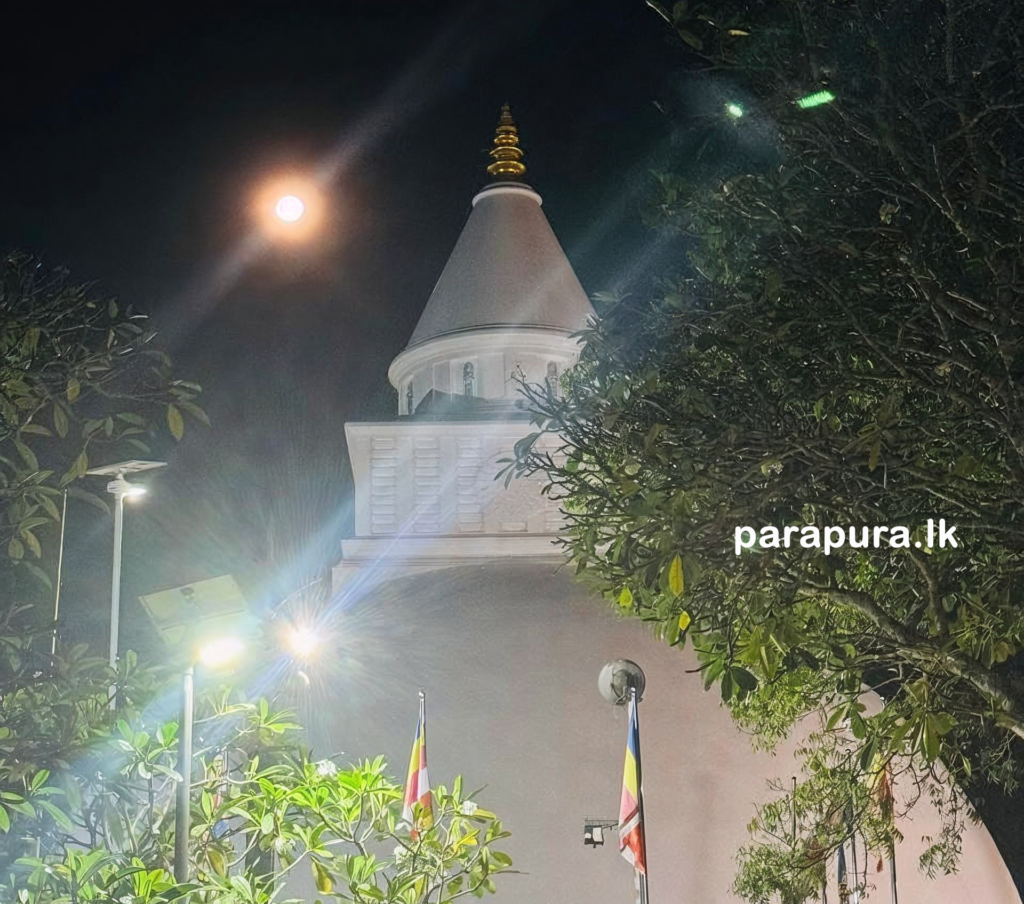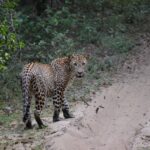It was my father’s sacred tradition to visit Kataragama annually with our entire family. Even after his passing, I continued this pilgrimage whenever possible, driven by a deep, personal reason that shaped my artistic expression. That profound reason became the foundation of my song, Uva.

The song is crafted in a conversational style, where a questioner inquires about my devotion to the Kataragama Perahera. They propose various explanations—perhaps it is the rhythmic pulse of the Devol drums, or the presence of the revered Mahasen statue near the Kirivehera. While these are reasons, they are not the ultimate reason. The true essence of my journey lies in the historical and patriotic significance of Kataragama, a place deeply intertwined with the greatest freedom struggle of my people.
The Forgotten War of 1818: A National Tragedy
The Uva-Wellassa rebellion of 1818 stands as one of the most significant and brutal chapters in Sri Lanka’s history. Unlike conventional wars fought between trained armies, this battle was waged by ordinary Sinhalese farmers against the might of the British Royal Army—the most powerful military force of its time. For twelve long years, the British faced relentless resistance from a people whose spirits remained unbroken, despite their lack of sophisticated weaponry.
This war humiliated the British Empire, forcing them to reassess their military strategies. Historical analyses later revealed that the Sri Lankan rebellion was one of the strongest uprisings in the world. The indigenous Sinhalese, having lived on this land for thousands of years, possessed an innate strength and an unmatched ability to strategize against Western invaders. However, this resilience led the British to resort to the most heinous war crimes in history—acts so cruel that they remain obscured from mainstream historical narratives.
A Genocide Hidden from the World
To suppress the rebellion, the British government abandoned all ethics of warfare and resorted to sheer brutality. They ordered mass executions, targeting not just warriors but also women and children. Defenseless civilians were slaughtered without mercy. Infants were thrown to crocodiles, and women who resisted assault were killed. The destruction extended to the very foundation of the Sinhalese civilization—agriculture. The British systematically decimated irrigation tanks and slaughtered oxen, ensuring that rice cultivation, the backbone of our livelihood, was annihilated.
This barbaric strategy drove the Sinhalese to the brink of extinction. The once-thriving nation, known for its environmental harmony and cultural richness, suffered an unparalleled catastrophe. Kataragama, however, remained a stronghold for resistance. It was within the sacred walls of the Mahadevalaya that guerrilla strategies were devised. The air of this ancient temple still carries the breath of those fallen heroes. Every time I visit Kataragama, I reconnect with that undying spirit of resistance, the courage that defines my people.
A Message Lost on the Modern Generation
Tragically, much of today’s youth remain unaware of this suppressed history. Many have adopted a Westernized mindset that dismisses Kataragama as a place of mere ritualistic superstition, tainted by modern-day corruption. They ridicule its traditions, focusing on sensationalized narratives about the deity’s consorts and the dubious practices of some Kapumahatthayas.
I cannot single-handedly educate an entire generation on this lost history. Instead, I have embedded these truths in my song, Uva. I do not visit Kataragama for myths or modern distortions. I journey there as an ordinary Sinhalese, seeking the echoes of my ancestors’ struggle. Someday, in the distant future, perhaps a single listener will uncover the truth through my song. And for me, that will be enough.


